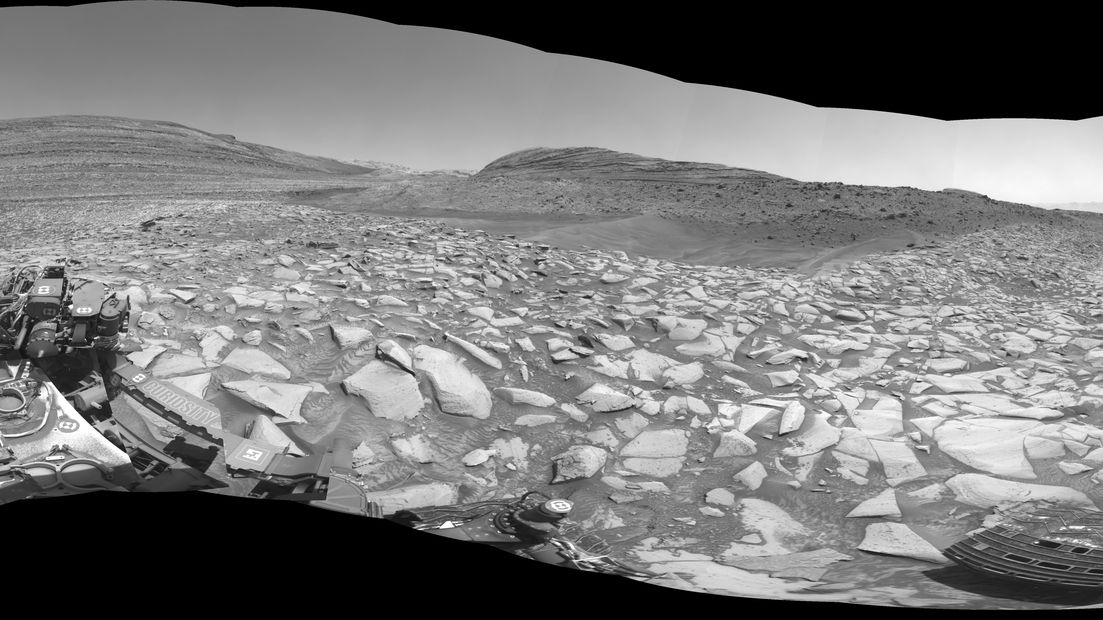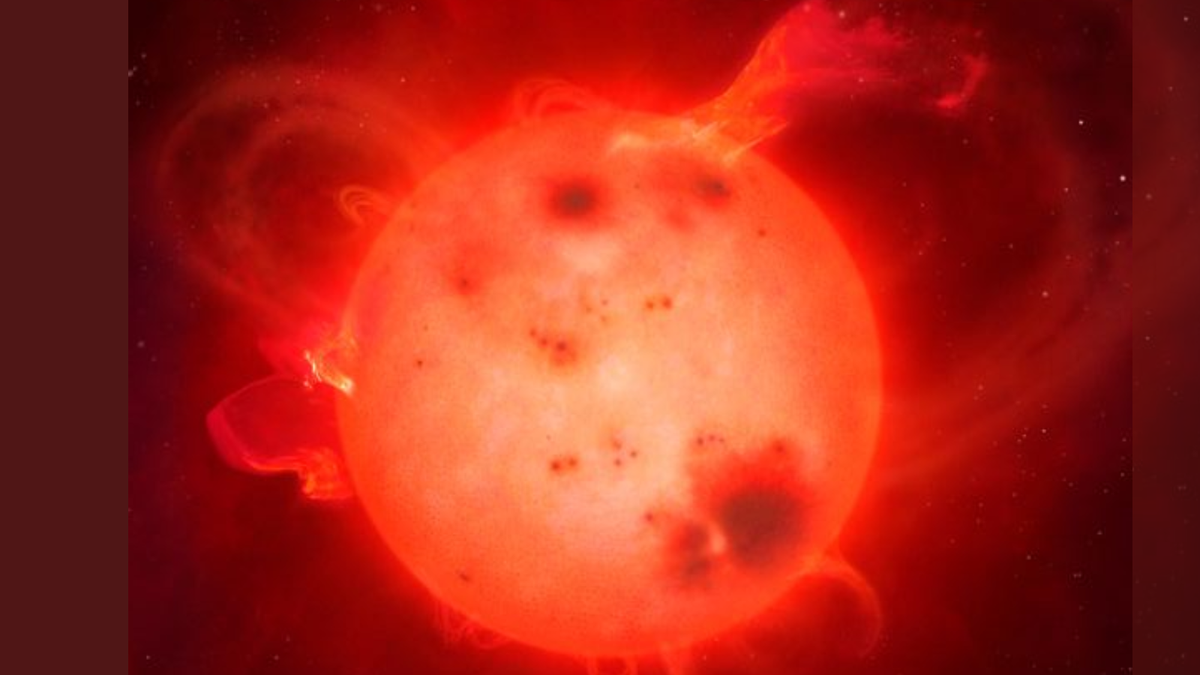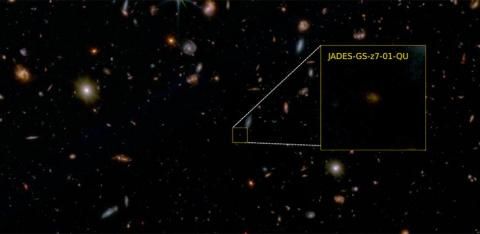NASA’s Curiosity Rover Deliberates Exploration Route on Mars
For the past month, NASA’s Curiosity rover has been closely examining Gediz Vallis, a channel on Mars believed to be the remnant of an ancient Martian river. Last week, the rover reached the northern side of Pinnacle Ridge, a significant rock feature overlooking Gediz Vallis. After maneuvering through rough terrain to reach this point, Curiosity discovered that the southern side of Pinnacle Ridge is also accessible.
This development left the team at NASA’s Jet Propulsion Laboratory (JPL) with a critical decision to make: whether to stick to the original plan of following Gediz Vallis to a point where the rover could cross it, or to divert its path to explore the south side of Pinnacle Ridge instead. Continuing along Pinnacle Ridge would offer the team a closer examination of the rocks in the area, potentially revealing evidence of past water activity. Conversely, exploring the south side of Pinnacle Ridge may not provide significant new insights compared to the north side.
On the other hand, exploring Gediz Vallis would allow the team to investigate different regions of Mars. However, veering away from Pinnacle Ridge could mean missing out on a rare opportunity to study ancient Martian water formations up close. With limited time to decide, around two dozen mission scientists engaged in a deliberation process to determine Curiosity’s next course of action.
Abigail Fraeman, a planetary geologist at JPL, reflected on the discussion, stating, “We talked extensively about the geological features visible from our current position and how they compare to those we previously studied on the north side.” The team carefully weighed the potential scientific value of exploring each area before reaching a consensus.
Ultimately, the scientists opted to proceed along Gediz Vallis, conducting chemical analyses of the rocks beneath the rover’s wheels before resuming its journey. Fraeman expressed her enthusiasm for such operational decisions, highlighting the collaborative effort required to make swift choices in exploring new Martian landscapes.
Conclusion
The decision-making process involved in plotting Curiosity’s exploration path on Mars exemplifies the meticulous planning and scientific rigor underpinning NASA’s missions. By navigating complex terrain and evaluating geological features, the team aims to uncover valuable insights into Mars’ geological history and potential for past habitability. As Curiosity continues its journey, the scientific community eagerly anticipates the discoveries that await, driven by the spirit of exploration and discovery.
Image/Photo credit: source url





